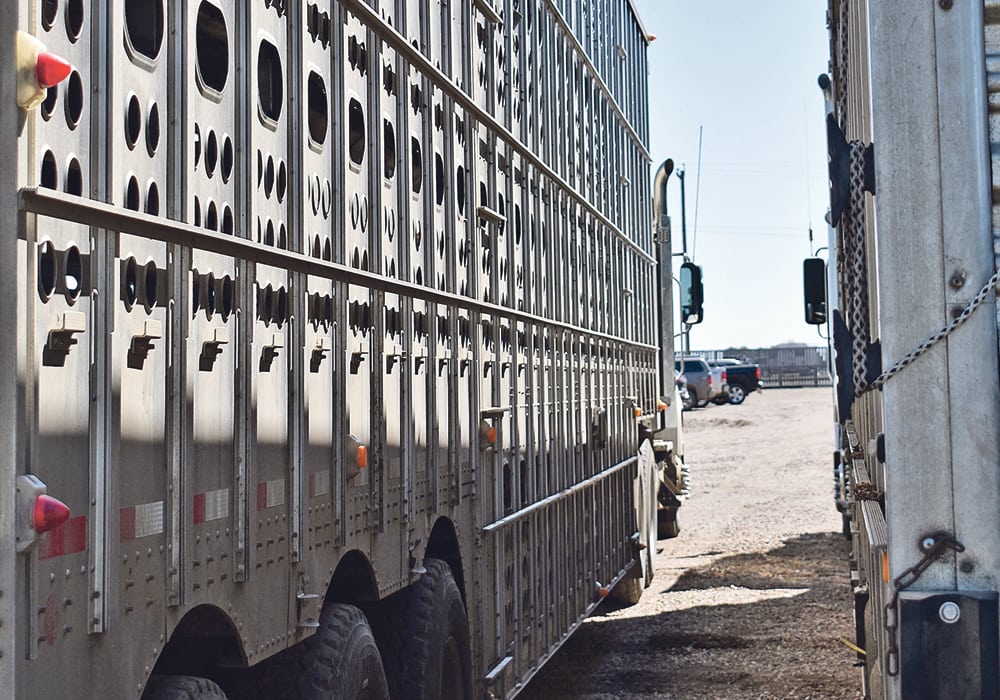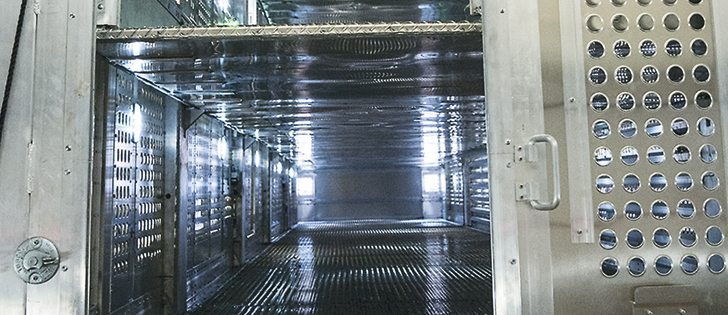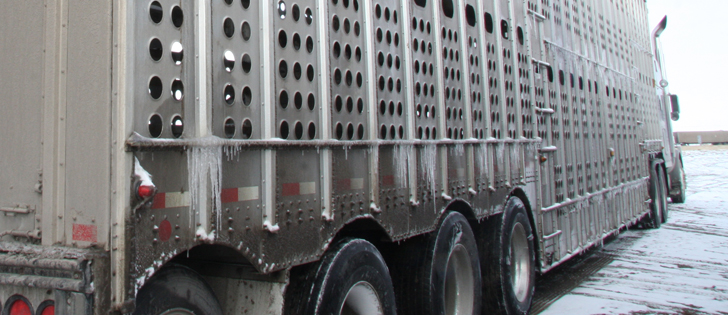TORONTO — More research is needed to figure out why animals get hurt or die during transport.
Preparation starts at the farm and continues until the animals are unloaded at the slaughter plant, where auditors including Jennifer Woods watch to see if animals walk off the trailer in good shape.
“Transportation cannot be fairly assessed at unloading unless it was assessed at loading,” said Woods.
“The plant takes the hit on a transport audit when the problem probably happened back at loading. There is no accountability at that end.”
Read Also

Beef check-off collection system aligns across the country
A single and aligned check-off collection system based on where producers live makes the system equal said Chad Ross, Saskatchewan Cattle Association chair.
She counts mishaps and also looks and listens to the animals. If they are vocalizing or leave the trailer in a sweat, she knows something went wrong.
“The animals will tell you more about their welfare than anything else,” Woods said at the Canadian Meat Council symposium on animal health and welfare held in Toronto Oct. 1-2.
She has been a certified auditor since 2007 and has worked with the American Meat Institute, which developed a livestock transportation audit for animals arriving at members’ plants. She also trains livestock transporters.
When Woods trains, she asks the following:
- Will an animal be able to walk off the trailer?
- Would you eat it?
- Would you like to see it on YouTube as a product of your farm?
If anyone says no to any of these questions, the animal should not go anywhere.
Canada has federal regulations that cover stocking density, length of travel and protection of animals. Codes of practice for humane handling also address transportation and a new transport code is in development.
A Canadian livestock transporters course is available and about 2,000 people have been certified. They are taught proper handling techniques, emergency management as well as federal and provincial legislation.
However, things can go wrong. Canada is in a unique position because of inclement weather, long distances, density and hard decisions about whether an animal is fit to travel.
“They can also be the most challenging areas to audit because none of those are black and white. There is a lot of grey,” Woods said.
For example, bedding in trailers is provided for pigs, dairy cattle, sheep and veal calves. They tend to lie down and are the most vulnerable during transport and weather. If the bedding does not provide enough protection, some may suffer from cold stress, frostbite or death. Too much protection can cause wetness, fatigue or heat stress.
In Canada, incompatible livestock must be segregated. Different species, sizes or those incompatible by nature should not be placed together.
Horned and polled cattle cannot travel together unless they have been socialized together. Bulls should not be mixed unless they have been raised together. Boars should be kept apart because they will fight.
Horses can be tied up and that is considered segregation. Horses that are shod on their back feet have to be segregated from others. This applies to all horses, not just meat animals.
Density must also be monitored. If animals are crowded, they can become stressed, get trampled or die in transit.
Travel distance in Canada is contentious. The allowable transportation time is based on how long animals can be off feed and water. Pigs and horses can travel for 36 hours while cattle can go for 48 hours unless the trip can be completed in 52 hours.
Compromised animals should not be transported more than four hours, and then only locally for treatment or humane slaughter. Unfit animals, those with wounds, broken bones, bloat or advanced pneumonia, for example, cannot be shipped.
There are more in-transit deaths among poultry than pigs and cattle and more deaths among dairy cows than fat cattle.
However, death losses are not high, said Luigi Faucitano, a meat scientist with Agriculture Canada.
He and other researchers are studying transportation problems that affect animal welfare and reduce meat quality.
Pig losses during transport in North America are estimated at one percent in the United States and 0.7 percent in Canada.
Animals arriving dead or those that must be euthanized at the plants cost the North American industry $131 million per year, Faucitano said.
A University of Guelph study estimated 32 percent of pig losses were due to transport conditions and 25 percent related to events on the farm.
Researchers have looked at common livestock trailers and assessed environmental conditions like temperature, noise, vibrations and toxins as well as the effects of poor handling and mixing with unfamiliar animals.
They found that pig welfare is reduced in three-deck trailers. The animals are unfamiliar with ramps so there is more use of electric prods by handlers.
Modification of the ramp slope to reduce physical stress and ease handling was investigated and seemed to help.
Flat deck trailer evaluation showed pigs were less stressed, less tired and had a lower body temperature when they arrived at the plant.
Contact barbara.duckworth@producer.com


















